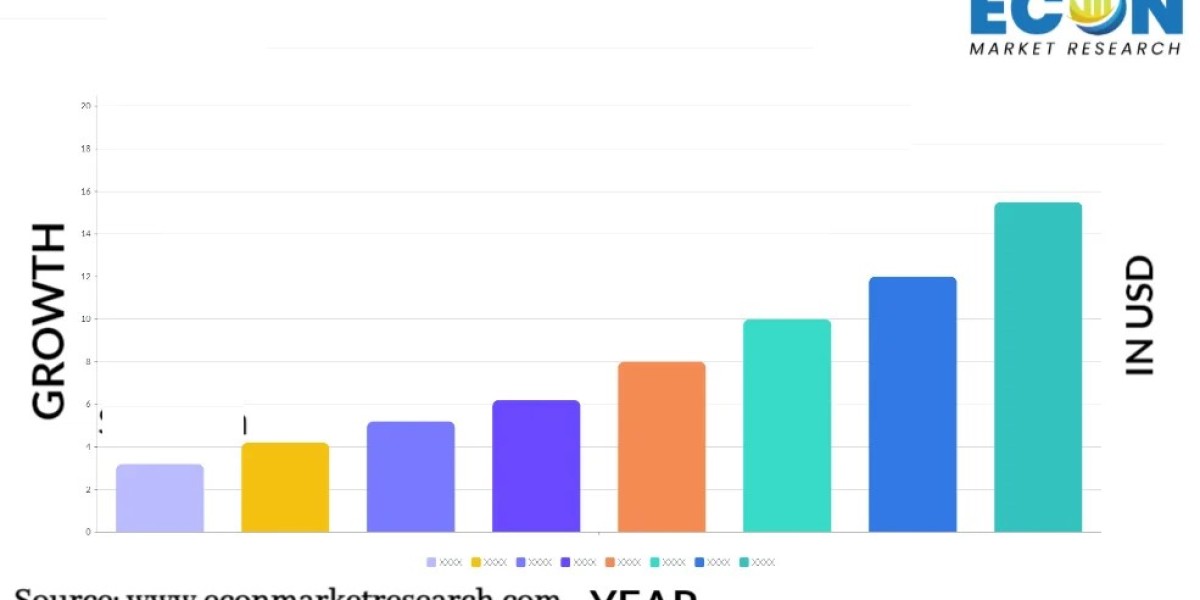Cloud kitchens, also known as ghost kitchens or virtual kitchens, represent a transformative shift in the food and beverage industry. Unlike traditional brick-and-mortar restaurants, cloud kitchens are delivery-only establishments that prepare meals exclusively for online orders. This model leverages the growing demand for food delivery services and the convenience of app-based ordering, catering to consumers’ fast-paced lifestyles. With no need for a physical storefront or dine-in facilities, cloud kitchens significantly reduce operational costs, allowing food entrepreneurs to focus solely on cooking and delivery. The rise of cloud kitchens signals a new era of dining, driven by digital innovation and changing consumer preferences.
More info : https://www.econmarketresearch.com/industry-report/cloud-kitchen-market/
The Business Model of Cloud Kitchens
At the core of the cloud kitchen concept is the ability to operate multiple food brands or concepts from a single kitchen space. This multi-brand approach allows businesses to test different cuisines, target diverse customer segments, and quickly adapt to changing market trends without the constraints of a traditional restaurant. Cloud kitchens typically partner with third-party delivery platforms such as UberEats, DoorDash, or Grubhub, which handle the logistics of delivery, enabling kitchen operators to concentrate on food preparation and menu innovation.
Cost Efficiency and Scalability in Cloud Kitchens
One of the primary advantages of cloud kitchens is their cost efficiency compared to traditional restaurants. By eliminating the need for a dine-in space, cloud kitchens save significantly on rent, interior design, staffing for front-of-house operations, and maintenance costs. This lean business model allows operators to reinvest savings into enhancing their menus, optimizing delivery logistics, and improving overall food quality. Additionally, cloud kitchens are highly scalable, making it easier for operators to expand into new locations or launch new food concepts quickly, with minimal investment compared to traditional restaurant expansion.
Technology as a Catalyst for Cloud Kitchens
Technology plays a pivotal role in the success of cloud kitchens. From order management systems to kitchen automation, the integration of technology streamlines the entire process of food preparation and delivery. Cloud kitchens rely heavily on advanced point-of-sale (POS) systems, which sync with multiple food delivery platforms, ensuring that orders are received, processed, and prepared efficiently. These systems also enable kitchen operators to track order volumes, analyze customer preferences, and optimize inventory in real-time, ensuring that the kitchen operates at peak efficiency.
The Future of Cloud Kitchens
The future of cloud kitchens looks promising as the demand for food delivery continues to rise. Technological advancements, evolving consumer preferences, and the growth of urbanization are all contributing to the continued expansion of the cloud kitchen industry. As more consumers embrace the convenience of online food ordering, cloud kitchens will likely become a standard part of the global food landscape, offering a wide range of cuisines and dining experiences tailored to individual preferences.
Contact Us:
For inquiries, partnerships, or to learn more about our services, please contact us at [email protected] .
Phone: (+1) 812-506-4440
Mobile: +91-7875074426








